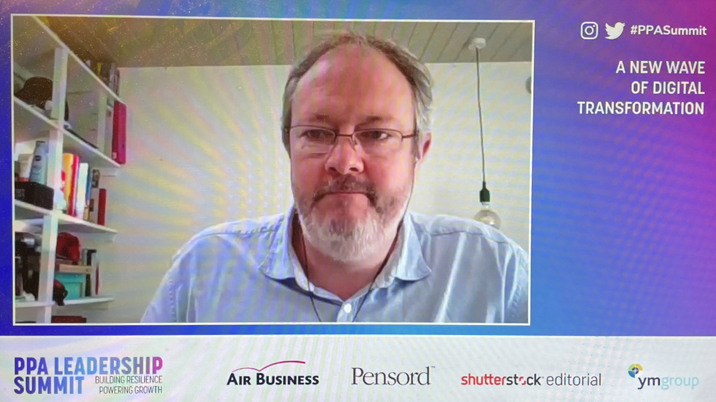
Here’s a question. What’s better, 1,000 ‘pageviews’ or 500 ‘quality-reads’?
If you think the former, then the chances are that you’re not as far down the digital transformation road as DC Thomson Media (DCT).
Pageviews, users and sessions are old-school, scale driven metrics which, according to Richard Neville, head of newspapers at DCT, have little relevance for editorial teams today. Richard was speaking at the recent PPA Leadership Summit.
DCT is a couple of years into its Programme Apollo project, which aims at nothing less than the complete digital transformation of its editorial and business model.
At its heart is the realisation that the scale model that they – and many publishers – had been chasing for many years had failed, that the company’s greatest asset was its journalism and that a recurring revenue subs model offered the only sustainable future.
Out went the print model (not print itself, which has, says Richard, benefitted from the changes and is now returning to pre-pandemic levels) where stories were selected and written with print in mind and in came a digital first approach, new workflows, new CMS / DAM, new roles and a new structure. Crucially, data is now at the heart of everything they do.
Journalists are now grouped into 25 Mini Publisher Teams focusing on subject areas (politics, food & drink, nostalgia, schools etc) which are given a great deal of autonomy and freedom about what content to create, when to create it and who to target it at and each with their own editorial dashboard to give them key metrics, including numbers of new subscribers and ‘quality-reads’ (people who had read more than half an article).
In came weekly (recorded and available on demand) training sessions and regular contact with the new Data and Insights team to discuss performance and approach.
DCT’s goal (or ‘North Star’ as they call it) is 75k subscribers in five years’ time, enough to cover the editorial costs of the business.
To put that in context, they had 1k subs in January 2020, currently have just over 8k and are growing at the rate of 200 per week, which makes the target challenging but achievable, especially given that they are still finding their feet with the new approach. It sounds like an inspiring strategy – logical, sensible and workable, with quality journalism at its heart.












